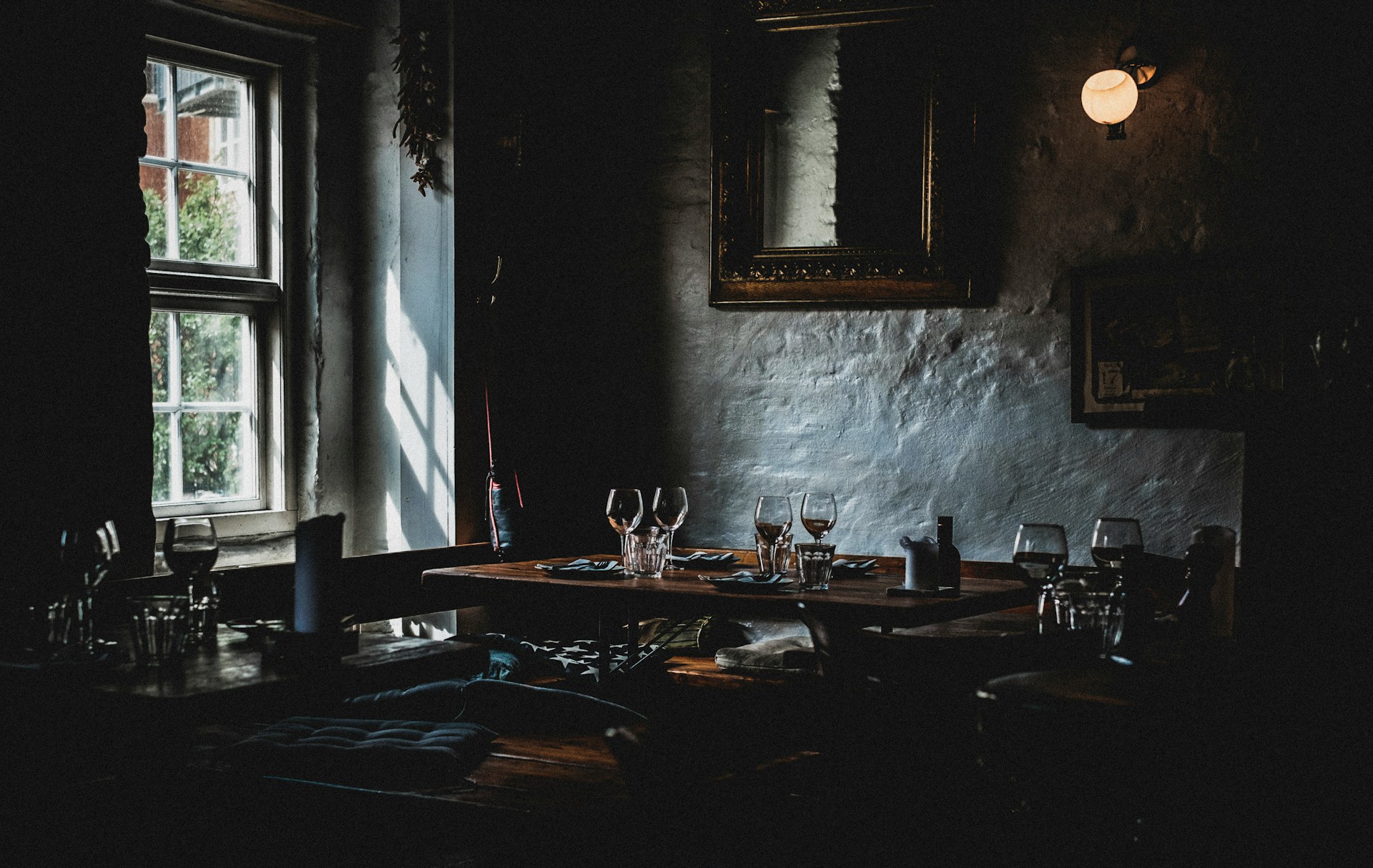Ah, the world of wines. When you think about it, every occasion is a good occasion for a glass of wine. To enjoy this fine beverage to the maximum, you must know quite a few things about it. For starters, there are three types of wine – red, white and rosé.
White and red are more popular than rosé and they serve different purposes. We understand the fact that not everyone is a wine expert. That’s why we are more than happy to spill the beans on the differences between red and white wine.
The Process of Making the Wine and The Grapes
Let’s start with the basics. As the names themselves suggest, red wine is made from dark grapes, while white wine is made from white grapes. Moreover, the process of making the former is totally different from the process of making the latter.
While making red wine, winemakers use both the grapes and their skins. The skin is what brings out the tannin in the wine. On the other hand, white wine is made solely from the grapes. Winemakers separate the skin before the process of fermentation begins.
One interesting theory about the grapes is that they have plenty of antioxidants. That’s why some wine experts consider red wine to be a healthier option.
When you compare a glass of red wine with a glass of white wine, you’ll also notice the following differences in its nutritional value:
- Calories: 125 for red wine and 115 for white wine
- Carbohydrates: 4 grams for red wine and 5 grams for white wine
- Alcohol content: 3.1 grams for red wine and 2.9 grams for white wine
The Barrels Used to Store Wine
Moving on, when it comes to the process of storing wine in barrels, the process is the complete opposite. Due to the fact that red wine has higher oxygenation, winemakers use oak barrels to store red wine. Oak barrels breathe and due to the oxygenation, they gain richer and more nutty flavors.
After the process of making white wine finishes, this type is stored in steel barrels. As such, they are able to make sure that the taste of white wine remains fruity and flowery.
There are a few exceptions to this rule, though. One type of red wine that isn’t aged in oak barrels is Beaujolais Nouveau. This type is stored in steel tanks because the main goal is to preserve its floral flavor.
In the case of white wine, Chardonnay isn’t stored in steel tanks. On the contrary, winemakers use oak to oxidize it and add a more nutty flavor.
The Taste Itself
All of the features explained above lead to one more crucial difference between the two – the taste itself. The process of making red wine leads to the fact that this beverage has a dryer taste. On the other hand, white wine is known for its fruity and sweeter taste.
The tannin in red wine brings out its dryness. It’s also responsible for a more recognizable smell. Tannins in white wine are far milder. Hence, the taste is a bit lighter and more refreshing. And if that’s not enough, red wine usually has a higher alcohol percentage per 100g.
Red and White Wines are Paired with Different Foods
All of the aforementioned differences lead us to the conclusion that both types of wines go with different foods. The general categorization is that red wine is a perfect fit for dark food and white wine is a good match for light-colored food. Thanks to that, red wine is a good fit for:
- Beef
- Steak
- Turkey
- Bacon
- Appetizers (nuts, almonds, cashews, pumpkin seeds, etc.)
As for white wine, this type is a perfect fit for fish, chicken meals, pasta, risotto and light salads. You can even use it with various desserts.
Which Wine Should I Choose?
The answer to this question lies in your personal preferences and the occasion. If you are in a summer, casual atmosphere, then the better choice is white. If you’re having a formal dinner with dark meat, then red is the best option.
Truth is, you won’t make a mistake regardless of which type you choose. The only thing that you need to ensure is that the wine that you’re drinking is of good quality.





